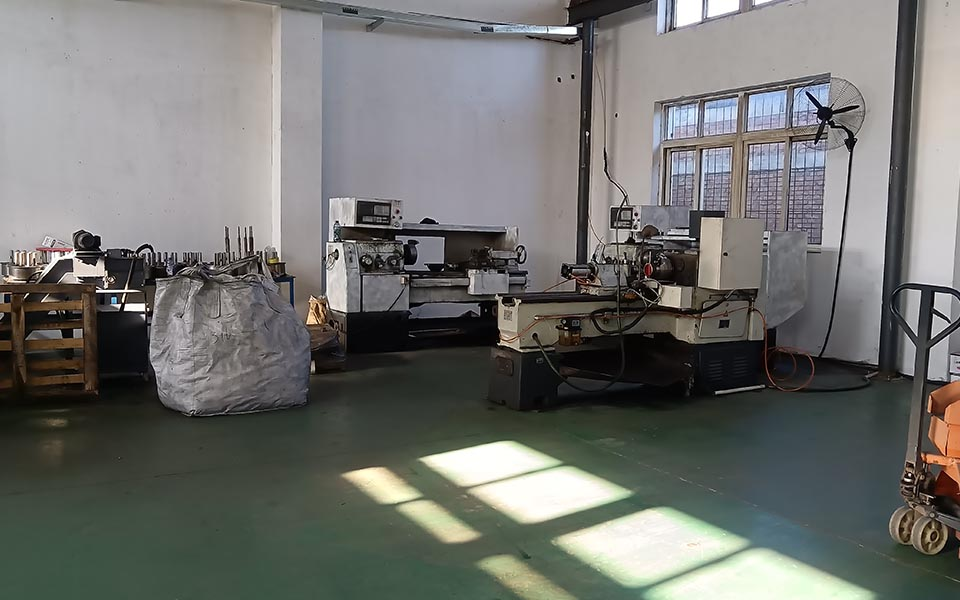INDUSTRY NEWS
Valve production process
The valve production process is a complex and meticulous procedure involving multiple stages and steps. The following is a detailed explanation of the valve production process:
I. Main components of the valve
The main components of a valve include the valve body, valve cover, support, pressure cover, handwheel, valve stem, copper nut, bearing, standard parts, and sealing parts and other accessories.
II. Processing of valve body parts
Processing methods:
The straight-through three-way valve body of the flange type is the most commonly used structural form for valves such as gate valves, globe valves, and check valves.
The main processing surfaces of the valve body are mostly rotating surfaces. Except for the guiding ribs area, the remaining surfaces are mainly processed by turning.
Processing stages:
Coarse processing: First, the flange is processed, and then the sealing surface is precisely machined using a tilted lathe with an angle based on the flange as the reference.
Fine processing: After fine machining, the sealing surface still needs to undergo finishing processes such as grinding to achieve the required geometric shape accuracy and finish.
Application of advanced equipment:
To improve production efficiency and processing accuracy, modern valve production often uses advanced machining centers to achieve single-process single-position processing, reducing waste of turnover and improving production efficiency.
III. Processing of valve cover parts
Structural types:
Frame-type valve cover: The structure is complex, and the material is the same as the valve body. The main processing surfaces are rotating surfaces, and they are mostly processed by turning.
Ball cap-type valve cover: Both the upper and lower ends have flanges, and they are connected to the support and the valve body. The processing surfaces are also rotating surfaces, but the size of the flanges varies greatly, making the processing somewhat difficult.
IV. Processing of valve core closure parts
The valve core closure part is the moving part that performs the closing function in the valve. Its structure and shape vary depending on the type of valve. For example, the gate plate of the gate valve and the valve disc of the globe valve. These closure parts all have high-precision and high-polish sealing surfaces that match the sealing surface of the valve body. The processing is quite difficult.
V. Grinding process of valve sealing surfaces
Grinding is an important finishing method in the valve manufacturing process, used to achieve the required smoothness and flatness of the sealing surface, and plays a decisive role in the sealing quality of the valve.
VI. Assembly process of valves
Assembly process:
Valve assembly is the process of combining the various components of the valve according to specified technical conditions.
The assembly work includes component assembly and overall assembly, which has a significant impact on product quality.
Assembly requirements:
Even if the design is correct and the parts are qualified, if the assembly is improper, the valve will not meet the specified requirements or even cause leakage of the seal.
Therefore, special attention should be paid to adopting reasonable assembly methods to ensure the final quality of the valve product.
VII. Testing and inspection of valves
Valve testing is conducted after the overall assembly is completed and is the most important and final process for controlling valve quality. Through testing, it can be verified whether the product meets the design requirements and quality standards, and at the same time expose defects in materials, blanks, heat treatment, mechanical processing, and assembly processes.

